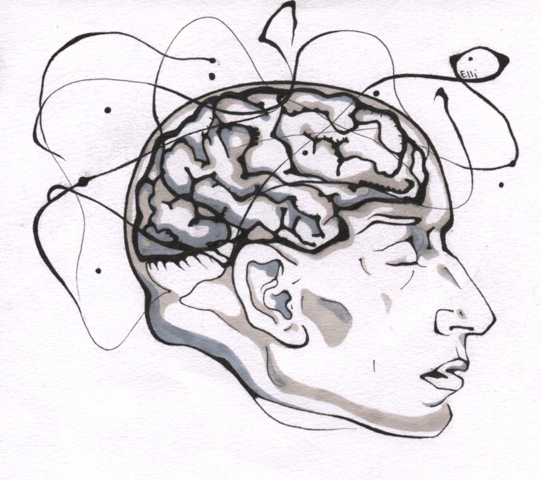Molding memories
Some people find it hard to remember what they had for lunch yesterday, while others can remember every detail of the house they grew up in. Understanding how memories are retained and recalled has always intrigued researchers, especially when seeking therapeutics for neurodegenerative diseases like Alzheimer’s. Researchers speculate that the lifespan of the connections that exist between neurons, called synapses, helps determine how long a memory lasts. These connections will strengthen or weaken—known as synaptic plasticity—in response to increases or decreases in neuronal activity. When the synapse’s strength decreases, the memory disappears.
To test this, researchers from Stanford University examined changes in the hippocampus—the area in the brain responsible for consolidating memories—in mice over long periods of time. Published on June 22 in Nature, results showed that the synapses of the mice they were studying lasted around 30 days—approximately the same amount of time that memories in the hippocampus are retained. By using an imaging technique known as advanced fiber optic fluorescence microendoscopy. Associate Professor in the biological sciences and applied physics departments, Mark Schnitzer was able to monitor the formation and destruction of synapses. These images were then compared with behavioral changes in the mice—such as losing the ability to navigate a maze—to confirm that the synapse damage resulted in the loss of memory.
Delusional or Sleep-deprived?
Evolutionarily speaking, the ability to defend oneself from predators was an important skill. In order to do this, the brain needed to be able to distinguish between friend and foe. This means being able to detect and interpret emotional facial cues. By using functional Magnetic Resonance Imaging (fMRI), scientists from University of California Berkeley have shown that this ability is dulled by lack of sleep. Considering that 30 per cent of Canadian adults are sleep deprived, according to the World Association of Sleep Medicine’s 2011 report, it’s worth wondering if the resulting deficit could affect our everyday interactions.
“Recognizing the emotional expressions of someone else changes everything about whether or not you decide to interact with them, and in return, whether they interact with you,” said professor of psychology and neuroscience at UC Berkeley and senior author of the study, Matthew Walker, to MedicalXpress.
The study involved showing the participants photos of people with both friendly and threatening expressions, and then asking the participants to interpret the emotion. This was done twice, once under normal conditions, and then again after being awake for 24 hours.
“They failed our emotional Rorschach test,” Walker explained. “Insufficient sleep removes the rose tint to our emotional world, causing an overestimation of threat.”
During the study, the scientists also measured the heart rates of the participants and showed that there was no change in heart rate to signals typically perceived as being distressful. Consequently, most faces appear to be threatening, even when they’re not.
DNA degeneration
In order to access the genetic information stored in DNA, it must be unwound from its normal double-helix resting state. This process is continuously occurring in the brain—DNA is unwound and wound back up again every time we have a new memory, according to a team of researchers at the Massachusetts Institute of Technology (MIT).
“Cells physiologically break their DNA to allow certain important genes to be expressed,” neuroscience professor Li-Huei Tsai explained in an MIT news release. “In the case of neurons, they need to break their DNA [… to] pave the way for the transcriptional program that supports learning and memory. ”
To create new memories, new DNA must be made. This process, as people age, will become faulty and can lead to mutations. By pinpointing the specific areas of error, the amount of problems can be minimized.
This finding—recently published by Tsai’s team in Cell—can lead to a deeper understanding of how neuronal damage accumulates in the brain, and more importantly, how to cure it. Particularly, as people age, the body’s ability to properly control its memory system degenerates and leaves its cells vulnerable to errors in its genetic code; these mutations can be extremely deleterious and could be implicated in Alzheimer’s.
“During aging, and particularly with some genetic conditions, the efficiency of the DNA repair system is compromised, leading to the accumulation of damage,” Tsai stated.
Past studies have already shown that mice with Alzheimer’s have higher levels of DNA damage known as double strand breaks, where there are gaps in the sequence caused by improper replication. The team studied the enzymes responsible for this damage, as well as why certain memory genes relied on a faulty mechanism to function. Their results showed that this system allows the cells to respond as fast as possible to external stimuli, a response most likely developed to quickly adapt to one’s surroundings.







